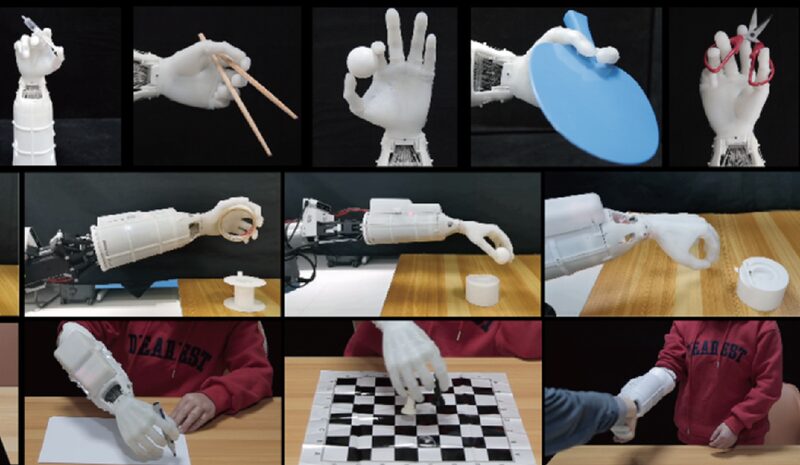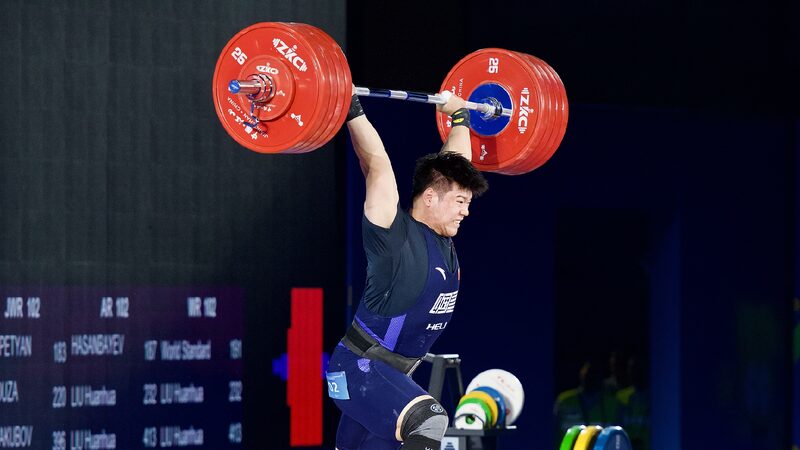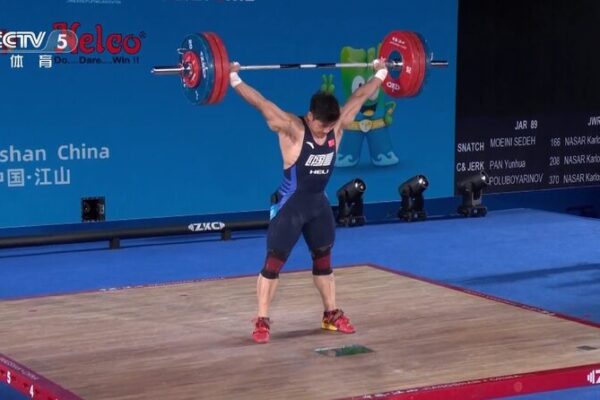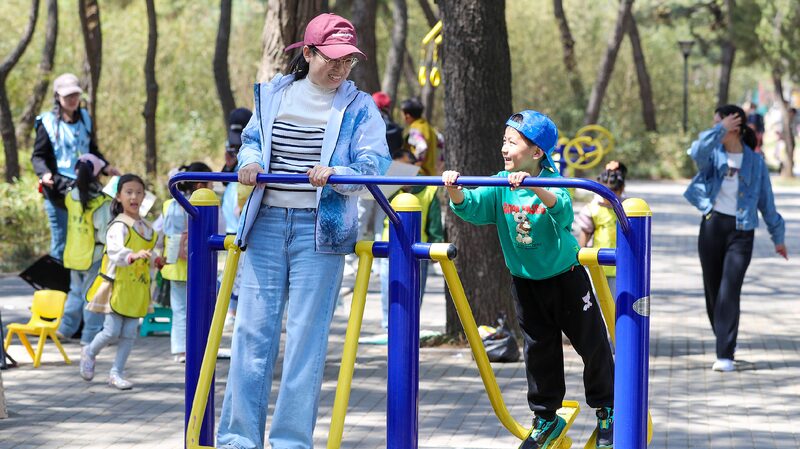A team of scientists from the University of Science and Technology of China (USTC) has unveiled a groundbreaking prosthetic hand that closely mimics the functionality of a human hand. Weighing just 0.37 kilograms, lighter than an average human hand, this innovative device boasts 19 degrees of freedom (DOF), enabling it to perform a wide array of complex tasks.
The human hand is a marvel with 23 DOFs, contributing to over half of the body’s functional movements despite its light weight. Traditional prosthetic hands, however, often struggle to replicate this dexterity. Many are heavy, weighing more than 0.4 kilograms, and offer fewer than 10 DOFs, leading to discomfort and limited functionality. As a result, nearly half of users abandon their prosthetic devices.
The USTC team’s prosthetic hand overcomes these challenges by utilizing shape-memory alloys (SMAs) as artificial muscles. SMAs have the unique ability to ‘remember’ and return to their original shape when heated. Combined with a tendon-like transmission system, this technology amplifies power while reducing resistance, allowing for more natural movement.
Equipped with 38 SMA actuators and a cooling module, the prosthetic hand also features 23 sensor units embedded in the fingers and wrist. This setup facilitates precise motion control, enabling the hand to perform tasks such as combing hair, writing, shaking hands, handing out business cards, and even playing chess.
Remarkably, the device can replicate 33 standard human grasping modes and six more complex ones, including using scissors, operating smartphones, and performing intricate sign language gestures. In clinical trials, a 60-year-old female amputee was able to master the prosthetic hand within half a day, successfully completing tasks from established hand function tests like the Southampton Hand Assessment Procedure (SHAP) and the Wolf Motor Function Test (WMFT).
The prosthetic hand’s integration with voice recognition technology further enhances its usability. Supporting 60 languages and 20 dialects with 95 percent accuracy and millisecond-level response times, the device offers a user-friendly interface accessible to a wide range of users.
Compared to similar projects worldwide, the USTC team’s prosthetic hand stands out for its high degrees of freedom, lightweight design, and advanced sensory feedback. This innovation holds significant promise not only for prosthetics but also for the field of humanoid robotics.
With its high adaptability, the prosthetic hand could have practical applications across multiple fields, including specialized operations in hazardous environments like nuclear power plant maintenance or deep-sea equipment repair. It also has potential uses in medical rehabilitation, flexible manufacturing in high-precision production lines, and home services.
Reference(s):
Chinese research team develops groundbreaking prosthetic hand
cgtn.com








